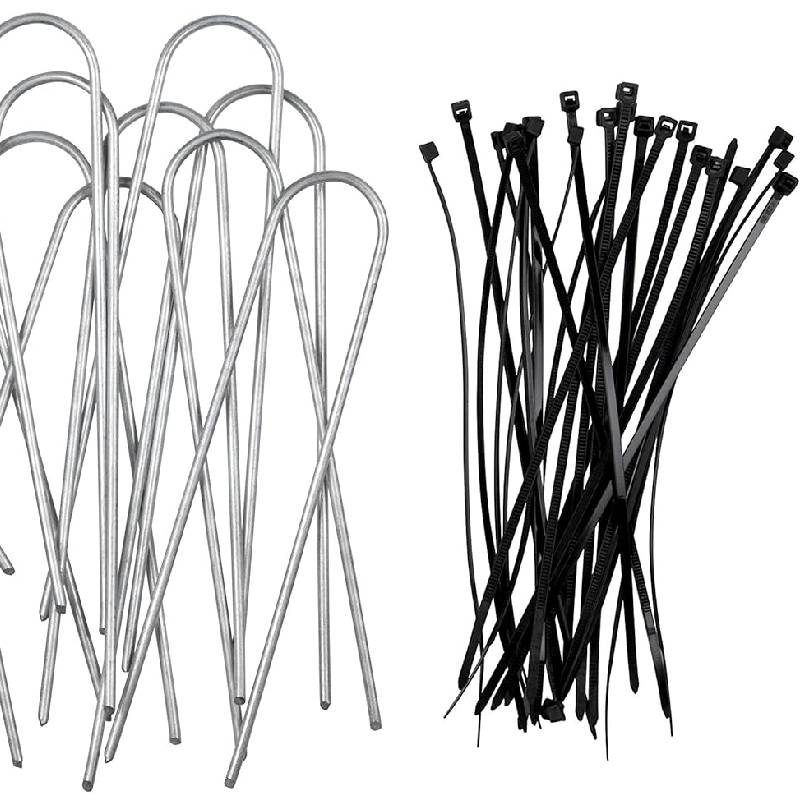
- Mobile Phone
- +8613931874955
- sales@cntcmetal.com
Light Duty Extension Springs | High-Quality & Durable Solutions
Light Duty Extension Springs An Overview
Extension springs play a crucial role in various mechanical applications where energy storage and tension are required. Among the different types of springs, light duty extension springs are gaining popularity due to their versatility and effective performance in a range of industries. This article aims to explore the features, applications, and advantages of light duty extension springs.
Light duty extension springs are designed to handle smaller loads while providing reliable tension. They are typically made from high-quality materials such as stainless steel or carbon steel, which ensures durability and resistance to corrosion. These springs are characterized by their ability to extend when a force is applied and return to their original shape once the force is removed. This unique feature allows for energy storage and shock absorption in various mechanical systems.
One of the most significant advantages of light duty extension springs is their ability to provide consistent performance over time. With proper manufacturing techniques, these springs can be engineered to meet specific tension requirements, ensuring that they perform efficiently under varying loads. Additionally, their lightweight design makes them suitable for applications where weight reduction is essential, such as in automotive parts or portable machinery.
light duty extension springs

Applications of light duty extension springs are diverse and encompass various industries. In the automotive industry, they are commonly used in seat mechanisms, tailgates, and trunk lids, where they assist in opening and closing functions. In the household sector, light duty extension springs are found in items like window blinds, retractable awnings, and various appliances, contributing to ease of use and functionality.
In the realm of industrial machinery, these springs play a vital role in conveyor belts, packaging equipment, and safety mechanisms. Their ability to maintain tension ensures that components operate smoothly and efficiently. Furthermore, they are instrumental in providing safety by absorbing shocks and ensuring parts remain securely in place during operation.
When it comes to installation and maintenance, light duty extension springs offer convenience. They can be easily incorporated into existing systems, requiring minimal modification. Regular inspections to check for wear and tear are advisable to ensure optimal performance and prolong their lifespan.
In conclusion, light duty extension springs are essential components in various mechanical applications due to their ability to store energy and maintain tension. Their lightweight design, coupled with durability, makes them ideal for a wide range of industries, including automotive, household, and industrial machinery. By understanding their features and applications, manufacturers and engineers can select the appropriate extension springs to enhance the performance and reliability of their products. As technology continues to evolve, the demand for specialized extension springs is likely to grow, making them an integral part of modern engineering solutions.
share:
-
Your Source for Concrete Wall Ties and Masonry AccessoriesNewsJul.10,2025
-
Unlocking the Power of Iron Wire for Every ProjectNewsJul.10,2025
-
Explore Advanced Chain Wire and Stainless Steel Mesh FencingNewsJul.10,2025
-
Discover the Benefits of Annealed Wire ProductsNewsJul.10,2025
-
Discover China Stainless Steel Wire Mesh SolutionsNewsJul.10,2025
-
Build with Confidence Using High-Performance Masonry AccessoriesNewsJul.10,2025
-
Why Sacrificial Formwork Is Redefining Underground ConstructionNewsJun.06,2025



















